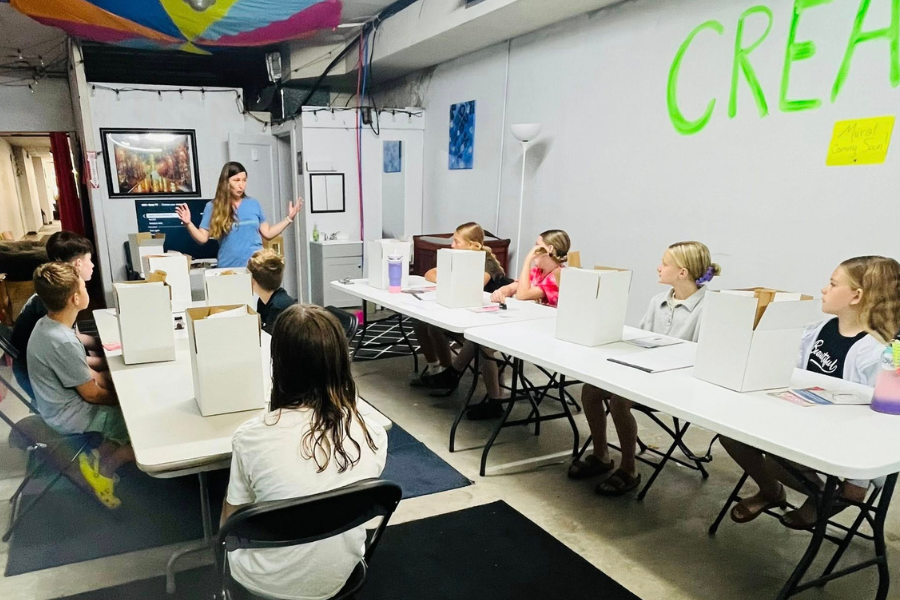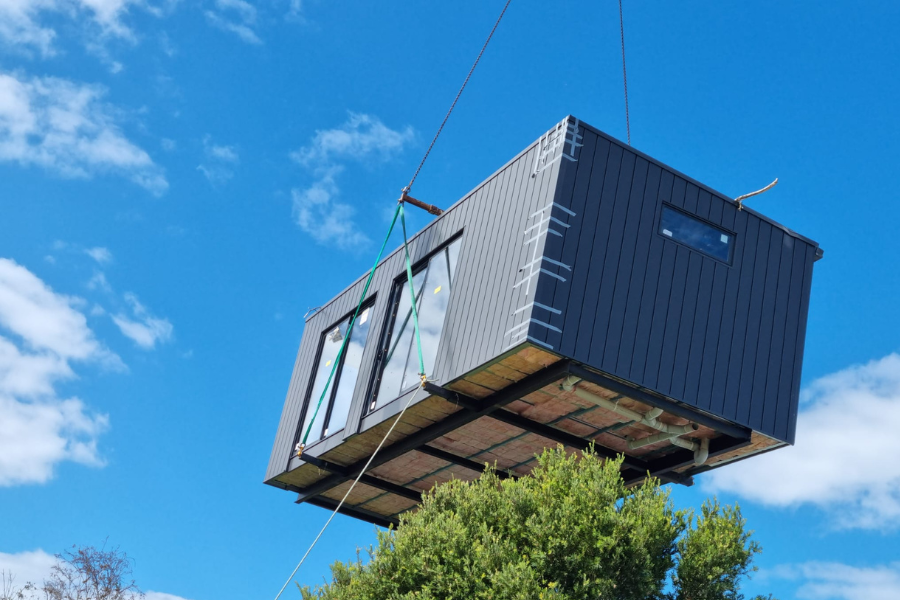Oct 2, 2024
Future of Small-Scale Solar Depends on Action in States Like Michigan
While utility-scale solar is responsible for most of the growth in solar over the last several years, smaller-scale, distributed solar is growing and benefiting from new incentives.
By: Laura Sherman

The state of solar power has never been brighter in the United States. The growth of solar capacity has exploded following the introduction of new federal incentives like those in the Inflation Reduction Act (IRA). New U.S. solar capacity being added in 2024 is around triple the amount installed in the year before the IRA was passed in 2022, according to U.S. Energy Information Administration data.1
This investment is significant and should not be understated. But there are limits to what the federal government can achieve. These limits come partly from state-level policies that are holding back solar power in general and smaller-scale, distributed solar in particular.
This story is playing out in the home state of my organization, the Michigan Energy Innovation Business Council. But similar stories can be seen around the country.
To be clear — while utility-scale solar is responsible for most of the growth in solar over the last several years, smaller-scale, distributed solar is growing and benefiting from new incentives.
For example, the $7-billion Solar for All competition, part of the IRA’s Greenhouse Gas Reduction Fund, is providing up to 60 grants to state and local governments and tribes, including Michigan, so they can offer financial and technical assistance to residential and community solar projects.1 These grants will put solar projects in communities where solar has often been out of reach before.
However, many state policies needlessly blunt the potential impact of investments like the Greenhouse Gas Reduction Fund.
Despite significant recent progress at the state level, the member companies that make up the Michigan Energy Innovation Business Council have seen the chilling effects of these policies on the ground. Unfortunately, our state is typical. It has become harder to find states where these barriers do not hold solar energy back.
In addition, confronting these barriers will be more urgent if the progress on the federal level is ever rolled back by changes in political winds. So what are these potential hurdles for solar?
First, there are not enough favorable policies for distributed solar plus storage. Combining solar panels with batteries is transformative because it can feed power back to the grid when it is most needed. Often solar plus storage is held back because of the lack of a regulatory structure. Programs like ConnectedSolutions in the Northeast have proven successful at leveraging the potential of solar plus storage systems to reduce peak demand.2
In Michigan, legislators have introduced the MI Power for All Plan,3 a set of bills aimed at reforming regulatory barriers around distributed solar and storage. One of these bills would require state regulators to develop rules ensuring that behind-the-meter generation sources receive compensation for the benefits they provide, including increased reliability and resilience, reduced peak demand and ancillary services.
Second, there is a lack of a legal framework for enabling community solar in many states.4 Community solar is one of the best ways for households that may otherwise not have access to solar to gain access. But in many places, without the right laws in place, the utility stands in the way of community solar.
This is because third-party or community-owned community solar projects represent a loss of revenue to utilities that are vertically integrated and own other generation assets such as coal and natural gas plants. These utilities generally don’t want customers buying less power from them and generating more of their own.
Models are emerging that would provide alternative ways for utilities to make money, such as performance-based regulation in which the utility’s revenue is tied to its performance on metrics like reliability. These alternatives could make utilities less disposed to oppose policy changes favoring distributed solar, but the rollout of these new approaches has been slow.
In the meantime, solar advocates need to keep hammering home the message that more solar in more places benefits all customers.
A recent report from the National Renewable Energy Laboratory (NREL) looked at what would happen if that all technically viable community solar was deployed.5 “Technically viable” means the amount of solar that could be built in communities given NREL’s estimates for constraints based on geography and market demand.
The report found that this scenario would save U.S. electricity customers “billions of dollars on their electricity bills, serve tens of millions of [low- and moderate-income] households, generate billions of dollars in grid resilience and grid service values, drive billions of dollars of economic benefits into host communities and support hundreds of thousands of jobs.”
That message can be used to rally support for legislation to enable and support deployment of community solar projects. States that have adopted this type of legislation, like California, Minnesota and Massachusetts, are home to most of the country’s community solar capacity.6
Michigan is one of the many states that currently lack this kind of legislation, but lawmakers have proposed creating a legal structure that allows community solar to flourish by, among other steps, requiring utilities to provide bill credits to subscribers of community solar projects and allowing for third-party-owned projects.
It’s a good time for solar power, but it can be even better. Making these policy changes now would create a favorable landscape for distributed solar that would continue long after the money from the Greenhouse Gas Reduction Fund has been spent. Solar advocates have gotten some big victories at the federal level. The next big victories need to come from the states.
Sources
- https://tinyurl.com/2wmm989k
- https://tinyurl.com/mwe7kn9m
- https://tinyurl.com/5drxxhpj
- https://tinyurl.com/mr3ke3zy
- https://tinyurl.com/29ru6apk
- https://tinyurl.com/mwe7kn9m
This article was originally published in Solar Today magazine and is republished with permission.





